Affiliate links on Android Authority may earn us a commission. Learn more.
What is wireless charging? Everything you need to know
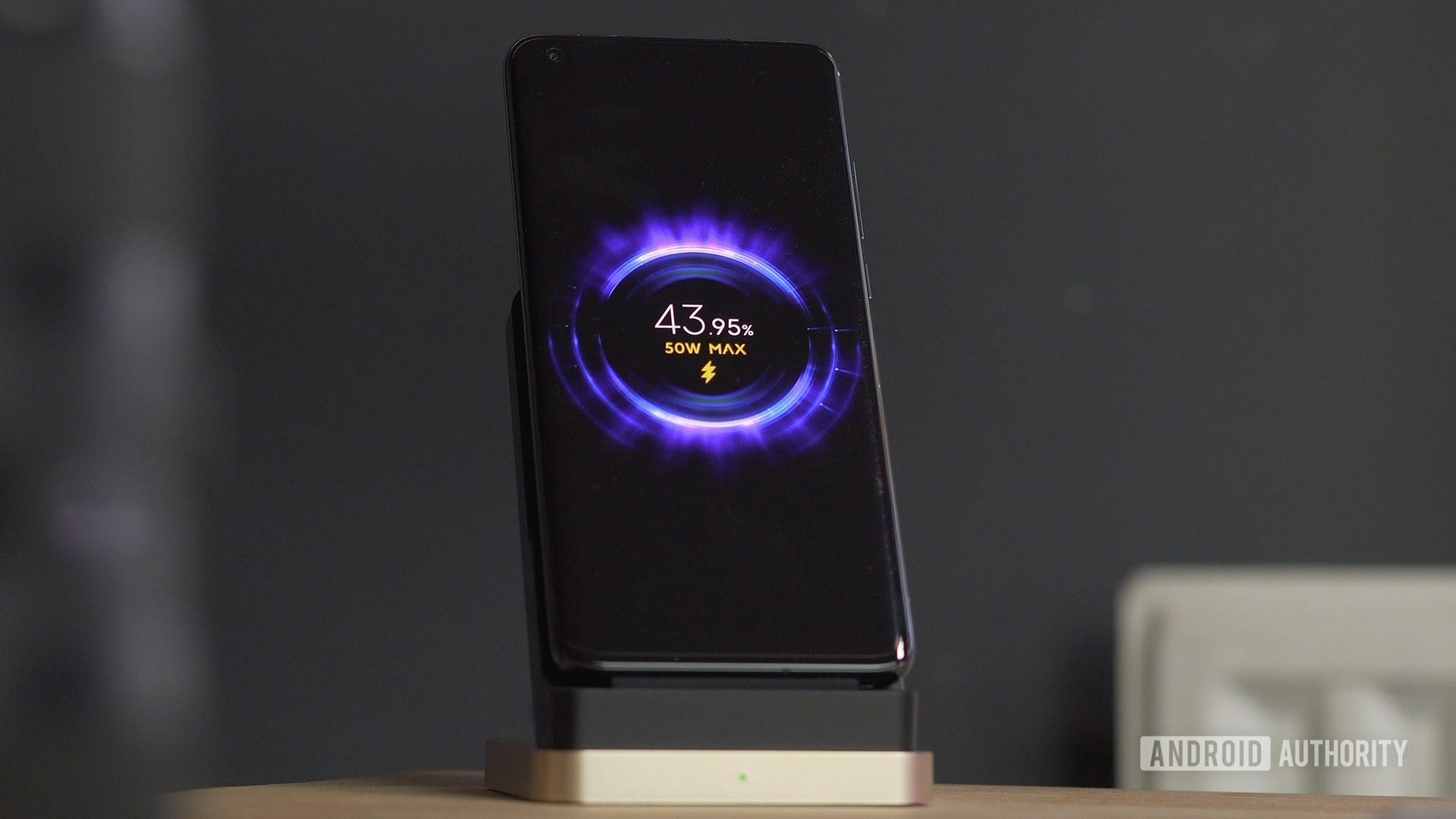
Wireless charging has become pretty common these days. From coffee shop tables to car dashboards and even mousepads, you’ll find charging pads nearly everywhere. And if you own a compatible device, all you need to do is place it on the marked space.
Convenient as it may be, not all wireless chargers are built the same. And while it’s undoubtedly tempting to get rid of wires permanently, there are some caveats that come with the technology.
In this article, we’ll dive into what wireless charging is, how it compares to conventional wired charging, and what differences you need to be aware of between devices.
See also: How fast charging really works
How does wireless charging work?
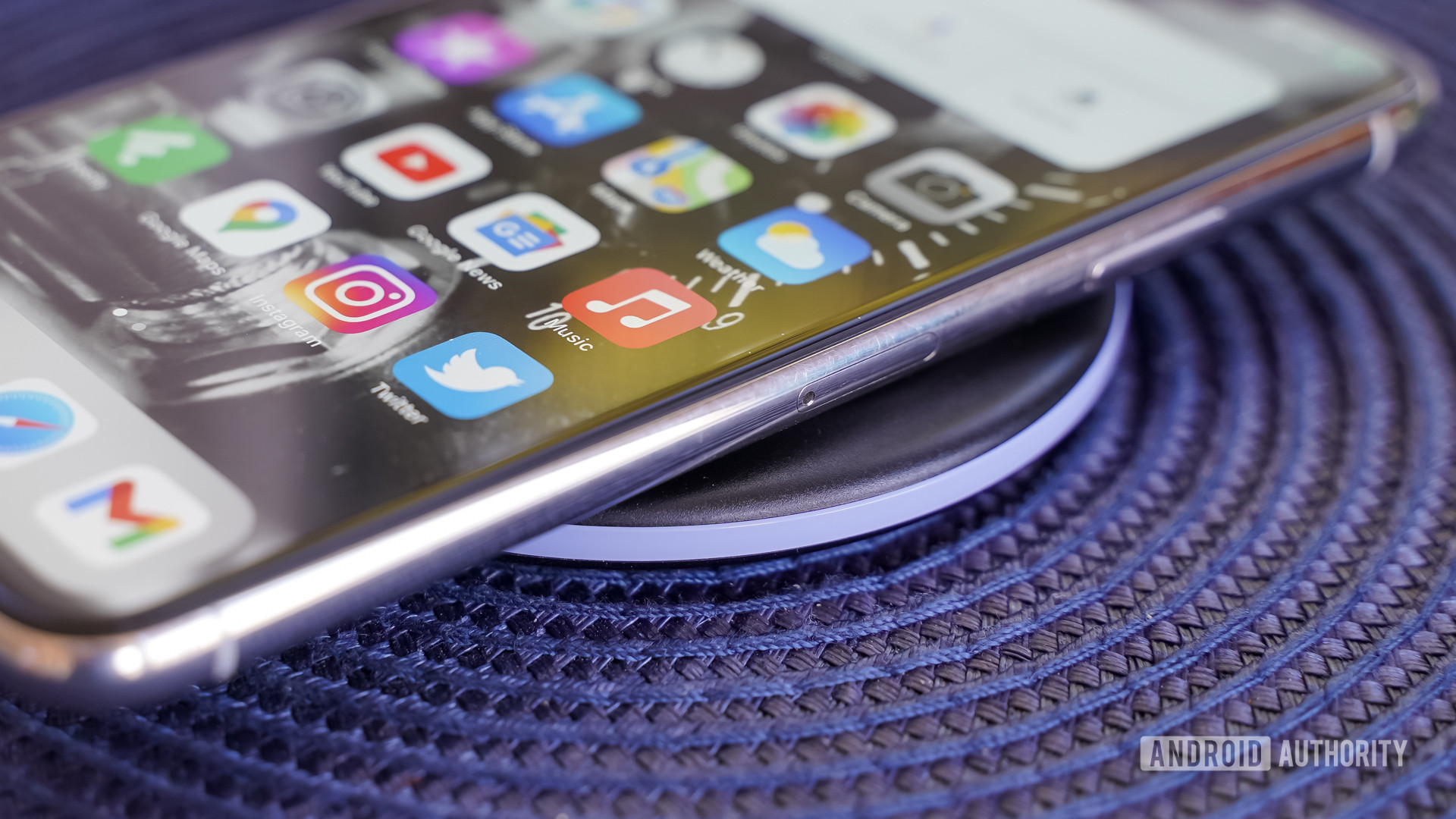
Wireless charging relies on the rather straightforward principle of electromagnetic induction. In a nutshell, it involves passing an alternating current (AC) through a copper coil, which generates a magnetic field in the immediate vicinity. If you then bring another coil within range, the field induces a current.
In the context of wireless charging, the primary coil is housed within the charger and receives power from the wall. The secondary coil lives within your smartphone and receives the induced current, completely wirelessly.
As a side note, this is why devices with wireless charging need to have plastic or glass backs — metal would simply interfere with the inductive coupling. Over the years, a few manufacturers have tried to circumvent this restriction by using two different materials. The back of the Pixel 5, for instance, was largely made out of metal, except for a clever cut-out that used plastic instead.
Wireless charging devices typically use a plastic or glass back since metal interferes with the magnetic field.
Of course, there’s a lot more to wireless charging in modern-day electronics. For one, devices and chargers need to communicate with each other to determine the rate of charging and other parameters.
In the distant past, there were multiple competing standards for wireless charging. However, the Qi standard, developed by the Wireless Power Consortium, has become the dominant one today. Most wireless charging devices support the Qi standard, except for a handful of exceptions that we’ll discuss later.
A common standard is beneficial because it means you can buy devices and chargers from competing brands and know that they’ll work with each other. In fact, many manufacturers don’t even sell their own wireless chargers.
Most wireless charging devices support the Qi standard, so you can usually mix and match brands.
Qi includes guidelines for numerous aspects of the charging process, such as the charging area, temperature limits, and object detection. That last one is especially important because if you accidentally leave metal objects like coins in an oscillating magnetic field, they could heat up rapidly. The standard helps prevent this — chargers will only generate a field when a Qi-compliant device is detected.
Finally, Qi offers a handful of different power levels that manufacturers can use. The current version of the standard allows a maximum of 15W. However, there are also plenty of devices, especially smaller and older smartphones, that top out between 7.5 to 12W.
Beware: Not all wireless charging implementations are the same
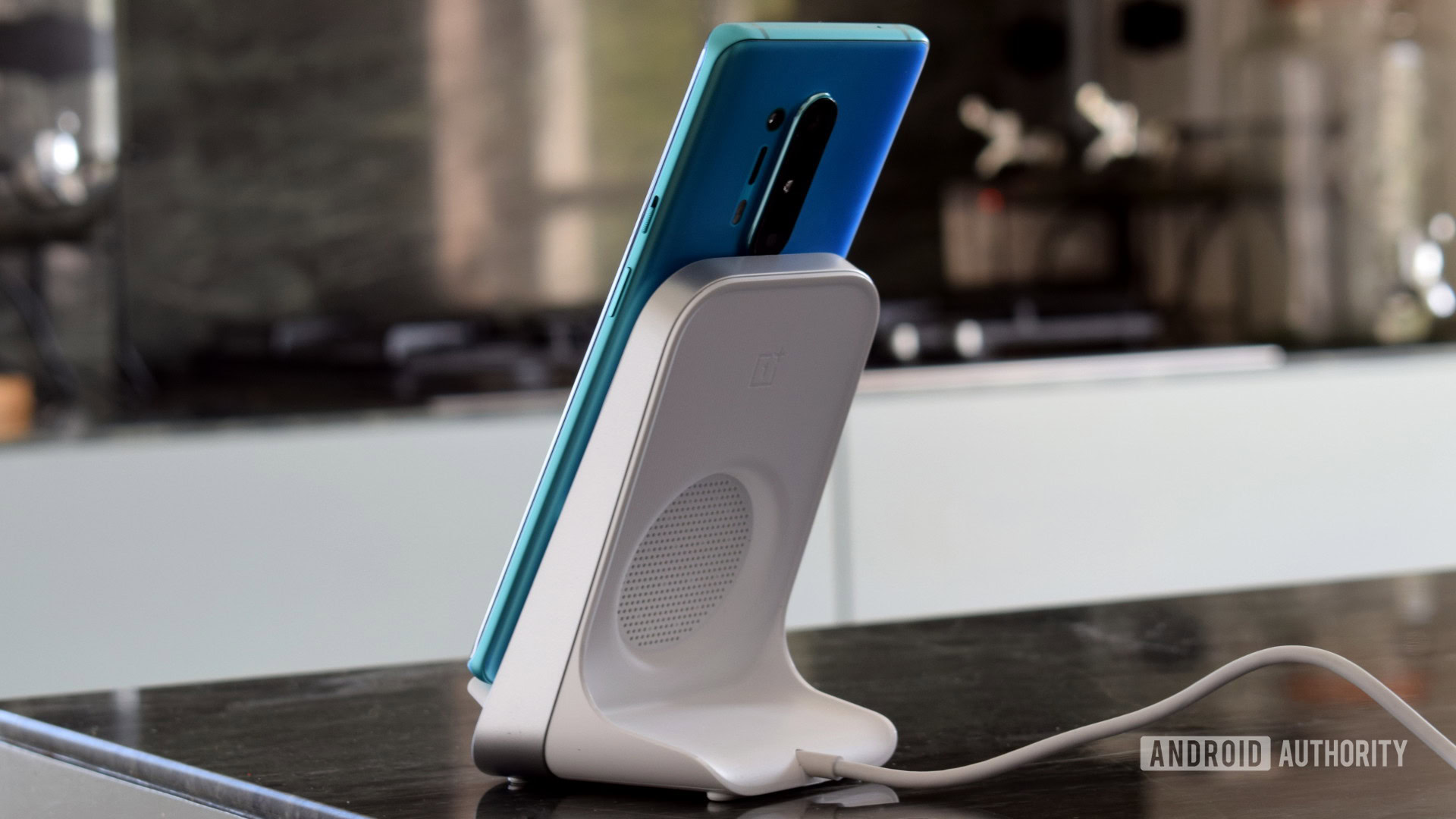
While most wireless chargers and devices comply with the Qi specification, some manufacturers have developed their own standards. Similar to proprietary wired charging solutions like OPPO’s VOOC and OnePlus’ Warp Charge, we now have custom protocols that offer faster wireless charging speeds as well.
OnePlus, for instance, offers Warp Charge 50 Wireless. It fully restores the OnePlus 9 Pro’s battery in just under 40 minutes. OPPO’s AirVooc accelerates that even further, with 65W on offer. At the more modest end of the spectrum, you have the Pixel 6, with support for wireless charging at 23W.
One thing these implementations have in common is that they require the use of a specific wireless charger. In the case of the Pixel, for example, you’ll have to get Google’s first-party Pixel Stand (2nd gen).
See also: The best phones with wireless charging capabilities
Most third-party wireless chargers, on the other hand, stick to the traditional Qi standard. The aforementioned devices will charge just fine on these chargers as well but at a reduced wattage.
Custom protocols like AirVooc and Warp Charge require the use of specific wireless charging pads to reach those speeds.
While Apple’s MagSafe quick attach wireless charging solution may seem like a proprietary product, it’s actually not. A MagSafe charging puck simply contains a ring of magnets surrounding a regular Qi-spec coil. All it does is make the charger easier to line up with compatible devices like the iPhone. Certified MagSafe chargers also offer the full 15W of potential charging power. In contrast, you’d only get 7.5W if you placed an iPhone on a regular Qi charger. Furthermore, the new wireless charging standard, Qi2, means that MagSafe-like charging is coming to everything in just a couple of years.
On the subject of proprietary implementations, it’s also worth discussing wireless charging for smaller devices such as wireless earbuds and watches. Most wireless charging-capable compact devices, including Samsung’s Galaxy Watch 4 and Apple’s AirPods Pro, support the same Qi standard as phones. However, they have much smaller coils and will only charge on chargers that have equally sized coils.
The Apple Watch is another example. It uses a very similar inductive charging technology, but will only work with a certified charger. Some have speculated that this could be a software restriction, though.
Is wireless better than wired charging?
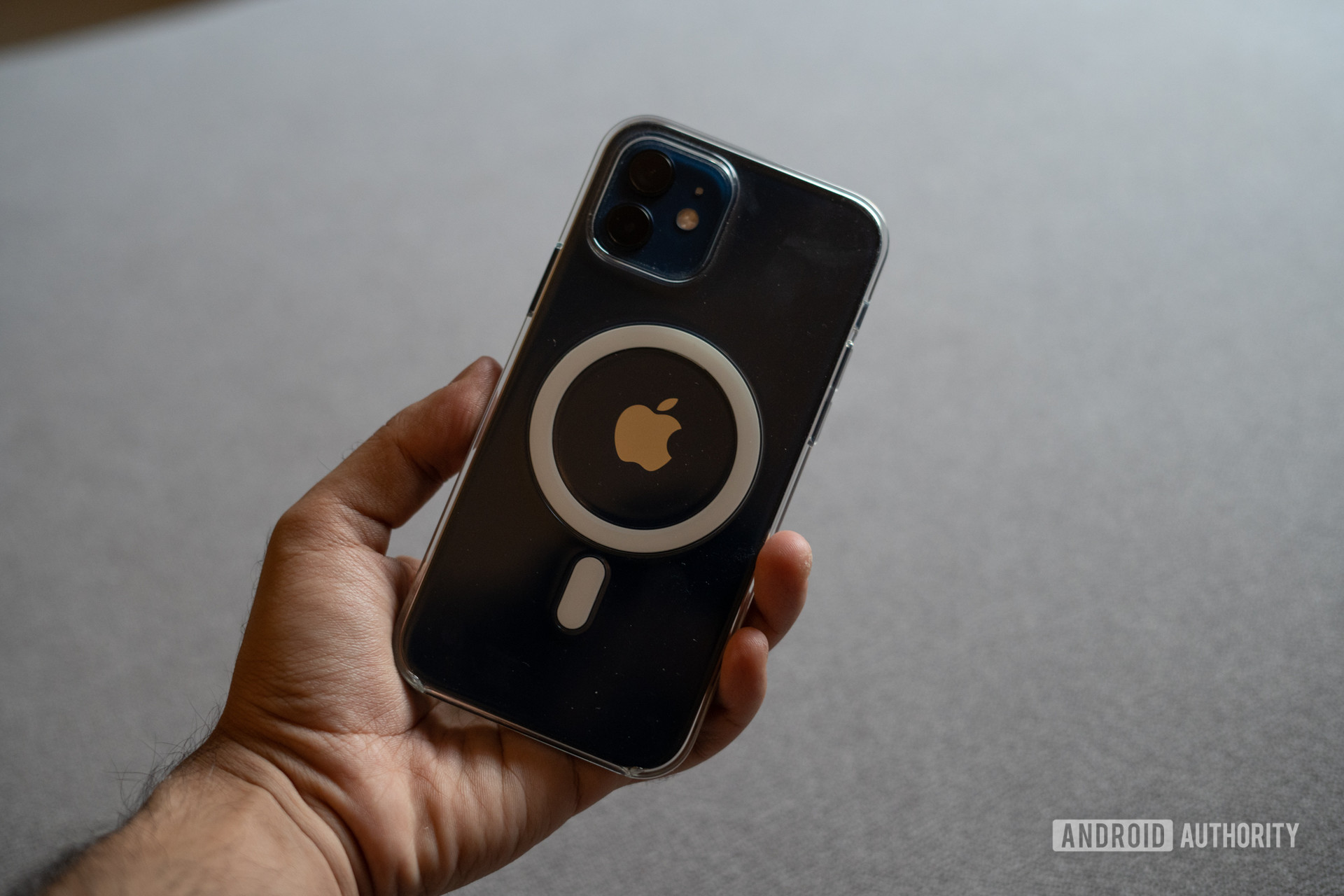
In terms of convenience, there’s no real debate — wireless chargers almost always come out on top. However, the opposite is often true when you look at parameters such as speed, efficiency, and heat.
We’ve already discussed how the Qi standard only allows a maximum of 15W. However, many smartphone manufacturers have moved to 33W, 65W, and even 160W for wired charging. This means that wireless charging is far less suitable for quick top-ups. Unless, of course, you happen to use a device that supports a proprietary wireless protocol.
Wireless charging typically falls behind wired in terms of speed, efficiency, and heat.
As for efficiency, research has found that wireless charging consumes roughly 50% more power from the wall compared to plugging in your phone. The difference will likely not have any material effect on your power bill — charging your phone consumes very little electricity in general. However, it can get problematic for power banks and portable chargers, forcing you to carry a larger capacity device to get the same amount of charge.
If you’re wondering where the rest of the energy is going, it’s simply lost in the form of heat. And that’s yet another major problem that manufacturers have to deal with.
Excessive heat while charging is bad because it has the potential to shorten the lifespan of the phone’s battery. To that end, it’s vital that smartphones and wireless chargers have built-in protection mechanisms to prevent overheating. Many manufacturers like Samsung and OnePlus even add a cooling fan to their chargers. This has the potential to be noisy, though, so a wired solution may be preferable anyway.
All in all, these drawbacks are principally why wireless charging hasn’t made its way to other industries like electric vehicles yet.
What about reverse wireless charging?
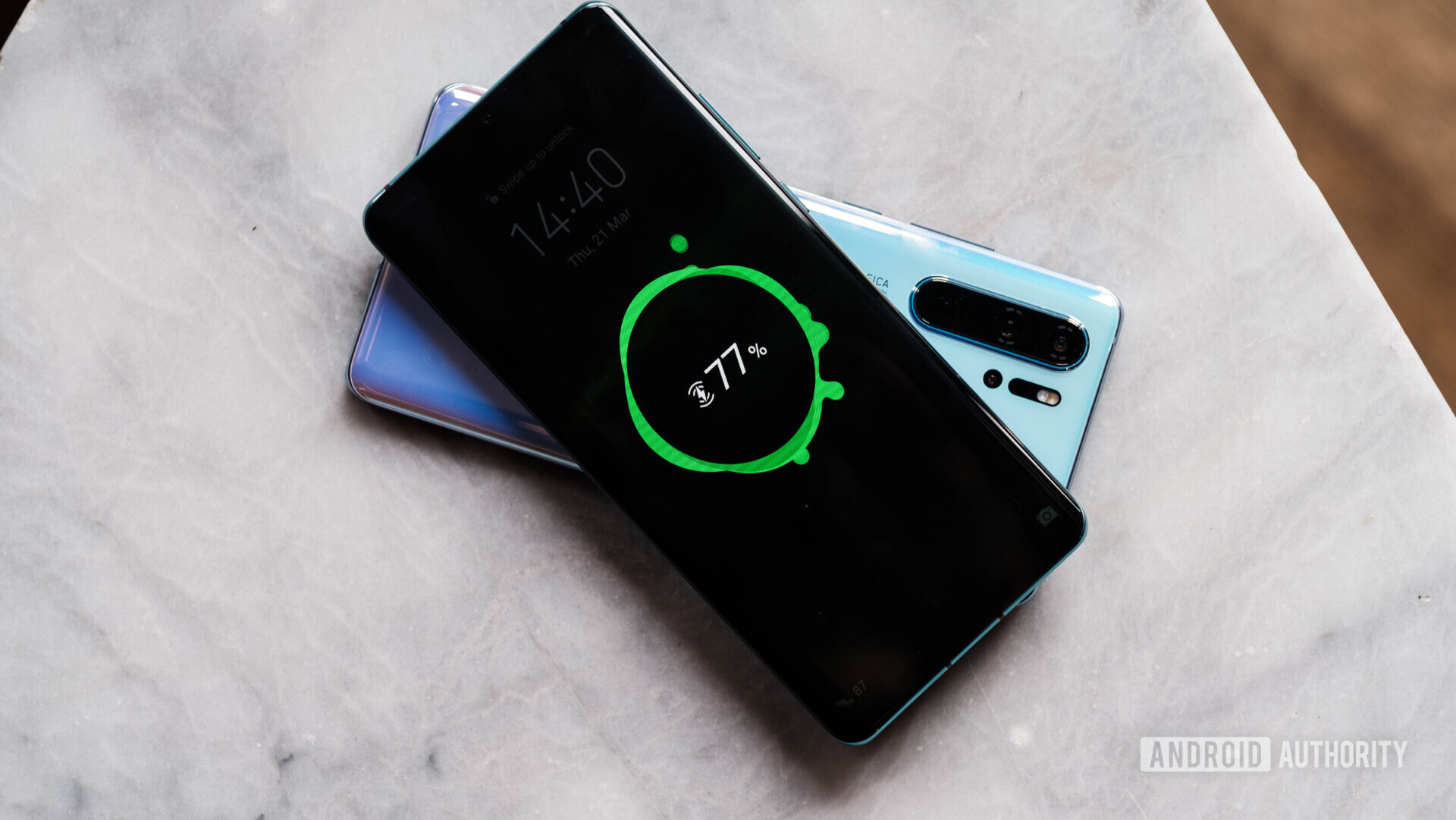
Reverse wireless charging is a relatively new feature offered mostly on high-end and flagship smartphones like the Google Pixel and Samsung’s Galaxy S series. The principle of electromagnetic induction stays the same, except that the device turns into the primary coil instead.
In simpler terms, the phone uses power from its own battery to generate a magnetic field. Other devices can then be placed on the surface of the phone to initiate wireless charging as usual.
Reverse wireless charging lets you charge auxiliary devices like earbuds, watches, and even entire phones on the back of your smartphone.
Keep in mind that the same downsides apply here as well, though. Reverse wireless charging is quite inefficient, so you’ll drain a significant amount of your smartphone’s battery to top off your watch or earbuds. Indeed, many manufacturers suggest using the feature while the smartphone is plugged in. This essentially eliminates the need to carry around a separate charging pad for your smaller devices.
Similarly, while it’s technically possible to charge another smartphone with reverse wireless charging, the low efficiency and potential for overheating make it useful only for dire emergencies. Another caveat to consider is that reverse charging speeds are often quite limited — as low as 5W in some cases.
And that’s everything you need to know about charging your devices wirelessly! For further reading, check out our roundup of the best wired charging accessories for smartphones.